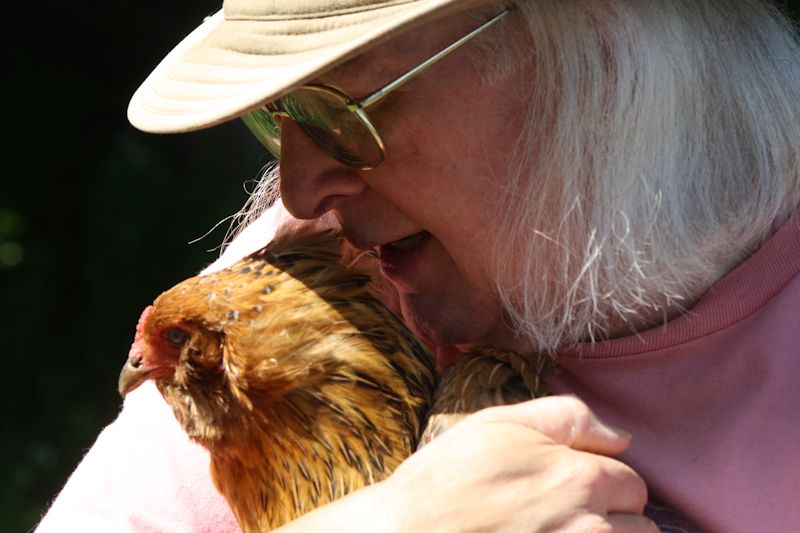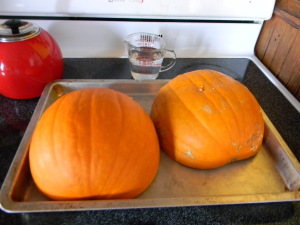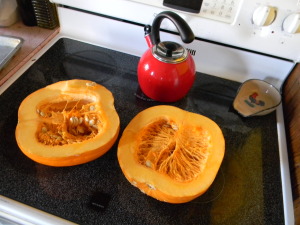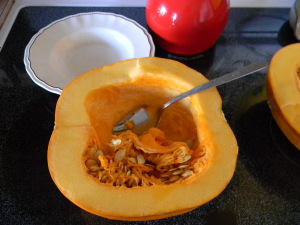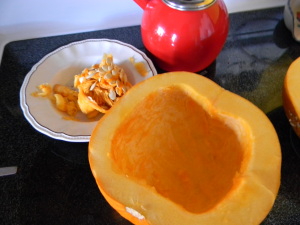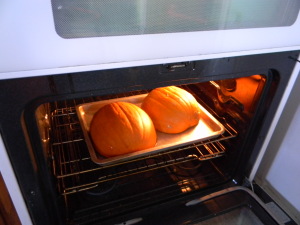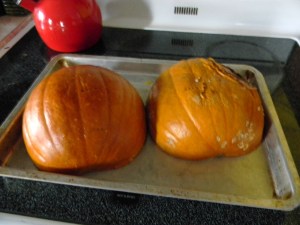There is nothing quite so pretty as the sun glinting on new-fallen snow. The landscape is whitewashed. The brown and dying leaves are covered over and hidden from view. There is even a crisp clean scent in the air that is impossible to reproduce at any other time of the year.
When you live in the north, it is important to prepare for less than ideal winter conditions. Because of the threat of ice underfoot and snow overhead, a walk from the house to an unattached garage or barn can be a major challenge. Over the years, we have adapted some tools and developed some strategies to help us stay safe. Here are some suggestions:
- A good shovel is a good investment. Take the time to handle any shovel that you are going to purchase before you spend money on it. Test it out in the store to make sure that you are comfortable with how it feels and moves in your hands. Slide it along the floor. Lift your coat with it (to mimic the lifting of snow). Try before you buy it. There are some great ergonomic shovels out there, but there are also some gimmicky tools as well.
- Spray the edge of the shovel with a product like Pam cooking spray or dry silicone spray to make the snow slide off easier. Wet silicone lubricants, such as WD40, don’t work for this purpose because they have alcohol or other solvents in them that can actually melt snow, making it stick to the shovel.
- New fallen snow is easier to shovel. Getting out into the snow before it gets too deep will give you a better result when clearing driveways or sidewalks. Yes, you may have to shovel a couple of times, but for good traction, it is best to clear down to the surface. If the snow is removed before the first person steps on it, it clears much better.
- Be ergonomic when shoveling. Start slowly. Use several different styles for moving the snow, rather than repetitive motions over the whole job. This will exercise different muscle groups. If the snow is wet and heavy, lift smaller loads with each shovelful.
- If you aren’t able to get clear ground underfoot, install handholds. Adding handrails down the stairs and along the sidewalk can save you from a dangerous fall. Ski poles can be stored by the door and used to help you walk over icy and snowy ground.
- If you are doing lots of outside chores, there are several styles of boot cleats that grip the icy ground very securely. They can be found in most sporting goods stores, usually in the ice fishing section.
- Lastly, there are several different types of snow melting products to help with traction on your walks and driveways. Read the instructions carefully and follow instructions. Stay current with local ordinances for their usage in your location.
If the snow is light enough, you can use a leaf blower to remove it from the walks quite quickly and with little strain. Walking upright will also reduce the risk of falls. Always be sure to wear hearing protection when you use a leaf blower. Even if the sound is less noticeable on a snowy day, you can still damage your hearing. There are a few machines on the market which are great for noise pollution. For instance, if this was a concern to you, you may want to check out this Ryobi RY40402A Super Powerful Cordless Jet Fan Blower Review.
Waking in the morning to a bright shiny day is one of the benefits of living in the snowy north. Staying safe while walking and shoveling will give you the chance to “slide” when you have your sled or toboggan in hand.
If you have any tips or stories about making it through the winter, I would love to hear about them. Please leave a comment here, or email John at [email protected].
Stay Safe and Warm this Winter!

